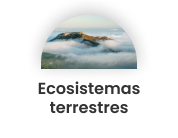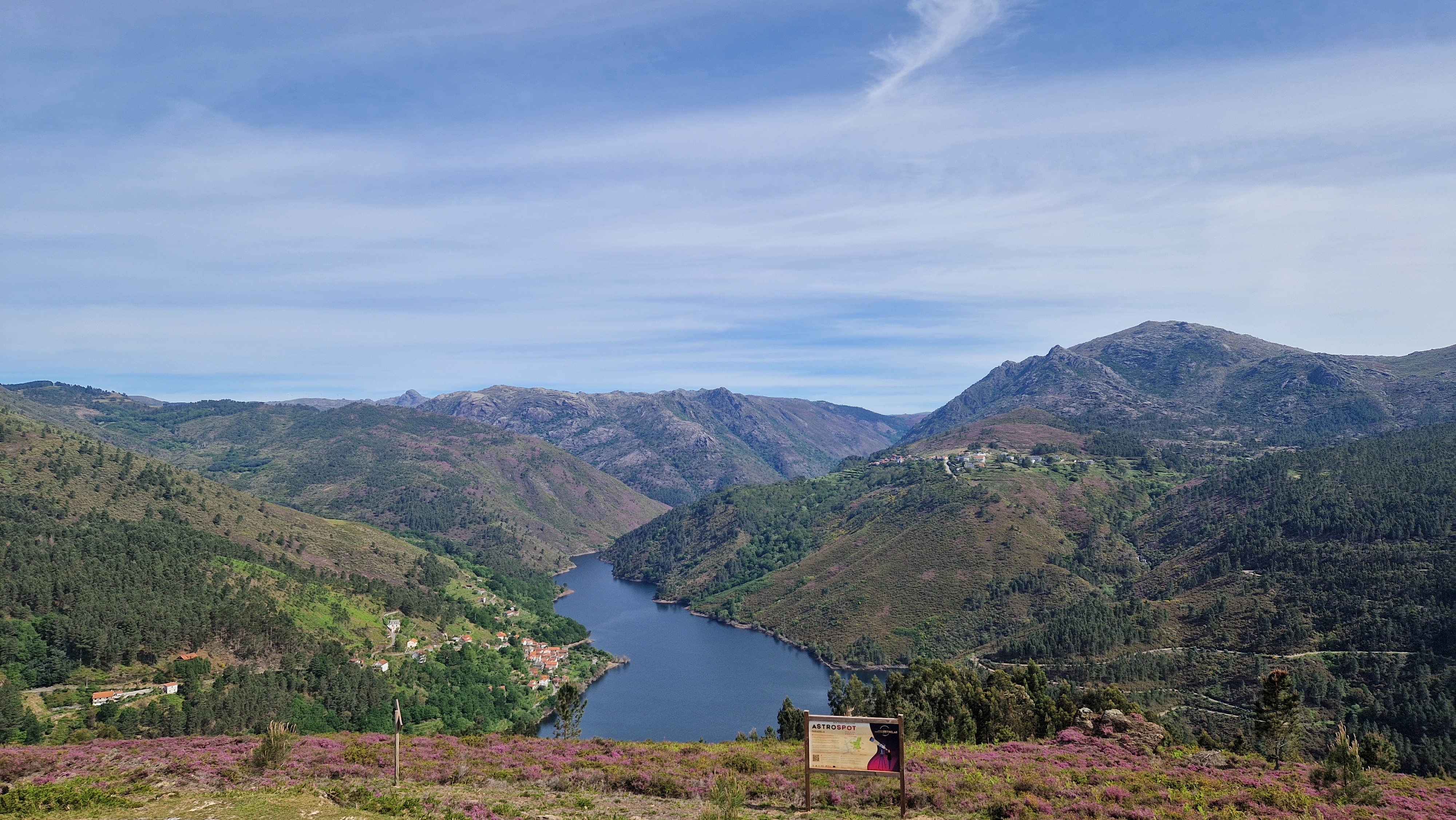
Development of new strategies for the valorization of the Atlantic mixed forest in protected areas of Galicia and Asturias (MIXTURANDO).
PRTR Call for Proposals Project
Line of action:
Terrestrial ecosystemsStatus:
En ejecuciónLocation:
Ourense and Pontevedra (Galicia) and AsturiasGeographic scope:
EspañaExecution date:
2024Duration:
09/02/2024 -31/12/2025Typology:
Development and diversification of forestry uses and harvestsTotal budget:
1,747,992 eurosAmount of aid from the Biodiversity Foundation:
1,660,592.38 euros (95%)Paradanta County Rural Development Group Association
Local action group for the development of the Camín Real de la Mesa region.
University of Santiago de Compostela
Since the middle of the 20th century, there has been an intense process of disappearance of traditional activities in European and Spanish rural areas, especially in the north and northwest of the Iberian Peninsula. These economic transformations have experienced different phases and intensities, being greater in those areas of high natural value that were catalogued under the protection of Directive 92/43/EC on the conservation of wild flora and fauna known as the Natura 2000 Network. This process has given rise to the current landscape of large inland areas known as “Atlantic mixed forest” made up of native hardwood forest species and scrublands that are adapted to the soil and climatic conditions and that regenerate as a result of the lack of agricultural, livestock and forestry activity. It is in these areas of the territory where there has been a greater decline and aging of the population as a result of migratory phenomena and also due to the fact that the technical conditions for conventional production in the agricultural sector are worse, together with the restrictions linked to the conservation of the natural spaces they contain, without the development of technical-economic models of production compatible with the conservation of natural values.
The transformation resulting from the implementation of MIXTURANDO involves the identification and characterization of innovative and optimized models for the use of the Atlantic mixed forest to promote employment and sustainable economy in areas of high environmental value. The creation of innovative technical-economic models for the development of agroforestry, agro-livestock and silvopastoral processes not contemplated so far and the transfer, education and training of workers in the environment to devote the attention these areas deserve (ZEC Peña Ubiña and Natural Park and Biosphere Reserve of Las Ubiñas – La Mesa, Baixa Limia Serra do Xurés Natural Park, the largest park in Galicia recognized in 1993 and the Geres-Xurés Transfronteiriza Biosphere Reserve, Tea River Fluvial System, from Covelo to the Miño River and Serra do Quinxo de Pereira, Entrimo).
This project aims to cover an area of bioeconomy focused on the use and conservation of biological resources in areas protected by the Natura 2000 Network, providing sustainable solutions based on scientific evidence to achieve the following specific objectives: i) to enhance the value of the natural resources of the mixed forest of the Atlantic biogeographic areas of A Limia (Ourense) and Condado Paradanta (Pontevedra), ii) to promote the sustainable use of the endogenous resources of the mixed forest in the Camín Real de la Mesa region, iii) reduce the environmental pressures resulting from the recurrent fires that occur every year in these areas by contributing to the restoration of the functions and biodiversity of the affected ecosystems, (iv) increase the use of sustainable renewable products from these forests; and v) contribute to the positive social impact on the different stakeholders.
The project will focus on the development of forestry, agroforestry and silvopastoral models of the Atlantic mixed forest in the Natura 2000 Network, in 3 territorial areas (A Limia, Ourense; Condado Paradanta, Pontevedra; Camín Real de la Mesa region, Asturias), with a multifunctionality approach: biodiversity conservation, fire risk reduction and population fixation:
- Characterization of traditional activities in these enclaves: Evaluation of the state of conservation, identification of innovative and successful management models in similar contexts and implementation of initiatives for forestry (selective thinning and conversion treatments on 72 ha), silvopastoral (improvement of pastures and clearing on 104 ha) and agroforestry (improvements for chestnut, olive and mushroom production on 40 ha).
- Catalog of 18 innovative technical-economic models for the implementation of demonstration activities. Promote a training plan (Transfer Classroom and Living labs) aimed at different sectors (researchers (25 students) and technicians (25 students) in the management of natural areas, agroforestry company technicians (25 students) and forestry workers (150 students); 10 workshops aimed at forest owners or forestry company personnel (15 students/course); 25 awareness-raising workshops for the general public (50 students/course) and a dissemination plan.


Development of new strategies for the valorization of the Atlantic mixed forest in protected areas of Galicia and Asturias (MIXTURANDO).









 back to search
back to search 